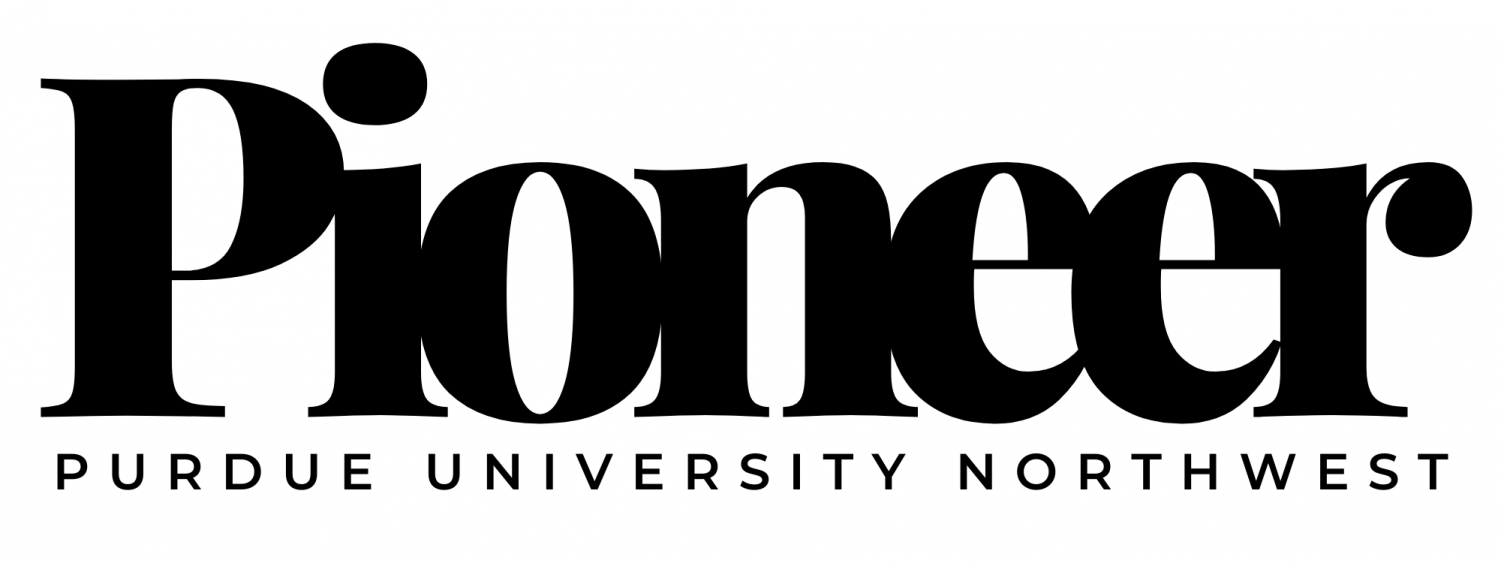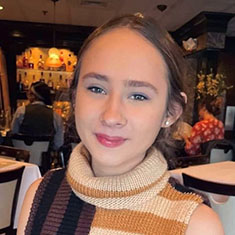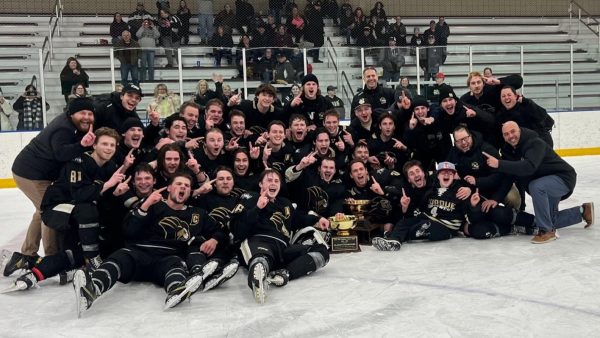Changes coming for PNW’s dual-credit program
In response to a number of PNW’s dual-credit instructors not meeting the Higher Learning Commission’s minimum requirements, a deadline of Sept. 1, 2019 has been set by the PNW Faculty Senate for all instructors to meet the requirements if they wish to continue instructing dual-credit courses for PNW.
The dual-credit program currently consists of college courses taught at high schools to high school students by instructors who may or may not meet the HLC’s minimum requirements for instructor credentials. This has led to some concerns about the quality of instruction of PNW’s dual-credit courses.
“Within three years, having the program fully in compliance with HLC guidelines is the goal. It will put only qualified people in place,” Geoff Schultz, special education and vice chair of Faculty Senate & professor of psychology, said.
According to a document from the Indiana Commission for Higher Education, PNW has a total of 281 dual-credit faculty and only 30 to 40 percent meet HLC requirements. The HLC requires dual-credit instructors to have a master’s degree in the area of instruction or at least 18 credit hours in pursuit of a master’s degree in the area of instruction.
“It’s safe to say those who do not have a master’s, or even 18-credit hours, shouldn’t be teaching,” Thomas Keon, PNW chancellor, said.
Dan Wilbur, chair of Faculty Senate and associate professor of communication, said if an instructor has 15 credit hours and is working towards earning the additional three in the area of instruction, they could still instruct dual-credit courses for PNW.
“There are some people who don’t have a master’s but have 15 credit hours. They would need three more to be allowed. If they’re going for that, the provost could still hire them,” Wilbur said.
Jeff Shires, executive director of concurrent enrollment/dual credit and associate professor of communication, said the dual-credit program has the potential to do a lot of good and the parts which are functioning well need to be kept, while those that are not need to be fixed. He said he plans to focus on course assessment to see if students are fulfilling the objectives for their courses and if not, make whatever adjustments are necessary.
“By doing comparative assessment – looking at the outcomes of the courses as taught in the high schools and the courses as taught at the university – we can get a better sense of the overall quality of instruction,” Shires said. “We need to make sure that we maintain the program at a sustainable level. Part of sustainability is to keep the program at a size that the faculty liaisons can visit each teacher a few times each semester and do peer evaluation, discuss issues that teachers may have with the course and help find resources that the teachers may need.”
Both PNW campuses saw an increase in dual-credit over the previous year’s totals, which Shires and Carmen Panlilio, vice chancellor for Enrollment Management and Student Affairs, attributed to a new processing procedure at the Westville campus which made the increase appear more notable than it actually was. Despite that, Shires said the dual-credit program will decrease in enrollment.
“This is true of just about every concurrent enrollment program in Indiana. The problem of concurrent enrollment teacher’s credentials is a statewide problem,” Shires said. “If we can increase retention of our Concurrent Enrollment students, we can increase the enrollment of full-time students in the university.”
Panlilio said when a student takes dual-credit course from PNW, that it does not mean the student will automatically attend PNW as a college student.
“The university needs to be more engaging to show them as a real option, and I don’t believe there was enough engagement in the past,” Panlilio said.



